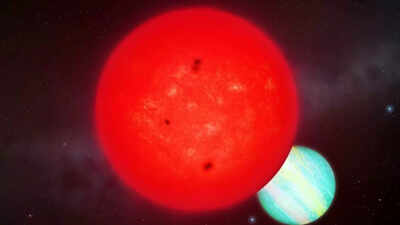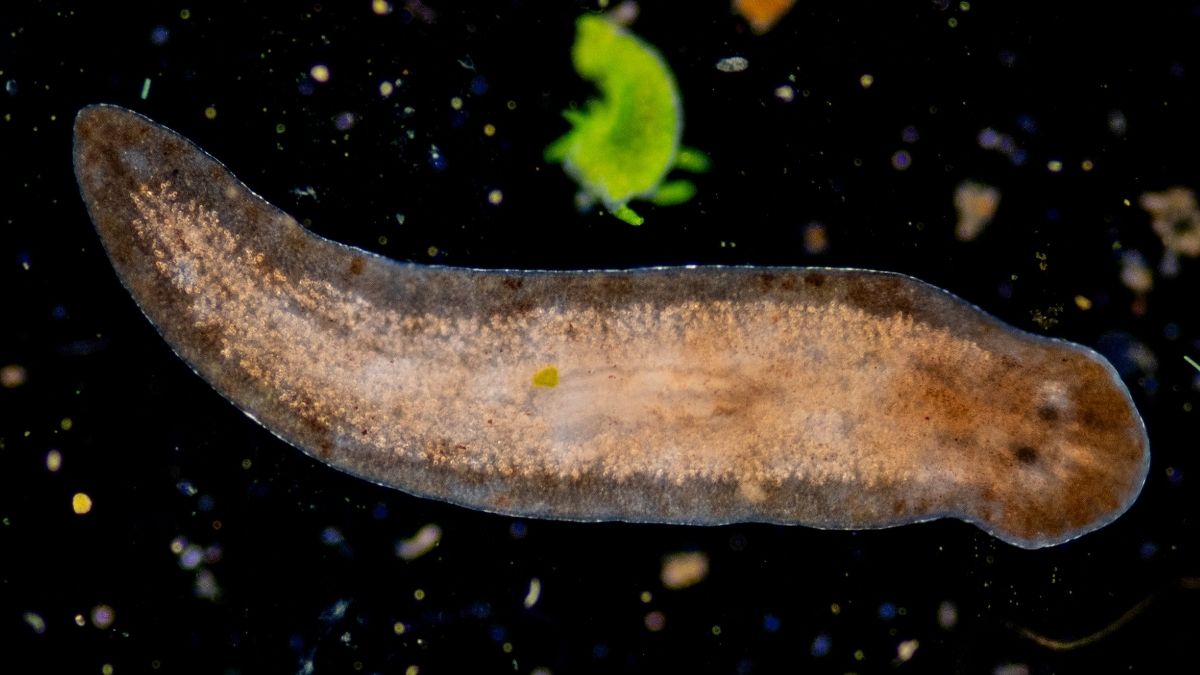Astronomers have discovered a giant planet named TOI-6894b orbiting a very small red dwarf star that has only one-fifth the mass of the Sun. Despite the star’s small size and low brightness, TOI-6894b is larger than Saturn but has only half its mass. This surprising discovery challenges previous ideas that such tiny stars cannot form or hold large gas planets. According to a study published in Nature Astronomy and reported by Earth.com, large planets may be more common around small stars than scientists once believed, opening new possibilities for understanding how planets form.
Huge planet discovered orbiting one of the smallest red dwarf stars: TOI-6894B
TOI-6894b was found using data from the Transiting Exoplanet Survey Satellite (TESS). Its host star, TOI-6894, is a cool red dwarf, much smaller and dimmer than our Sun. Despite this, TOI-6894b has a radius larger than Saturn but with only half its mass. This makes the star the smallest known to have such a large gas giant orbiting it. This discovery challenges the assumption that small stars cannot form or hold giant planets.
Challenging planet formation theories: How TOI-6894b formed around a tiny star
Traditional planet formation theories, such as core accretion, suggest that low-mass stars have thin discs of gas and dust that are not enough to build large planets. Scientists believe TOI-6894b could have formed through a modified core accretion process or through gravitational instability, where parts of the disc collapse quickly under their own gravity. Neither explanation perfectly fits current data, highlighting the need for further research to understand how such a massive planet can form around a tiny star.
James Webb Telescope to study TOI-6894b’s rare methane and ammonia atmosphere
TOI-6894b orbits far enough from its star to have a relatively cool atmosphere, with an estimated temperature of 420 Kelvin (about 147 degrees Celsius). Its atmosphere is expected to be rich in methane, which is rare among exoplanets, and may contain ammonia as well. The James Webb Space Telescope (JWST) will observe this planet soon, providing valuable data to better understand its atmosphere and formation. This could offer important clues about planet formation in environments very different from our own solar system.
Implications for astronomy and the Milky Way
This discovery has big implications for astronomy. Since most stars in the Milky Way are small red dwarfs, finding a giant planet around one suggests that such planets may be more common than previously thought. The study involved researchers from the University of Warwick, University College London, and the University of Birmingham. TOI-6894b challenges existing models and will help scientists improve their understanding of planet formation and the diversity of planetary systems in our galaxy.Also read | Seven superclouds: Giant gas neighbors of our solar system discovered


